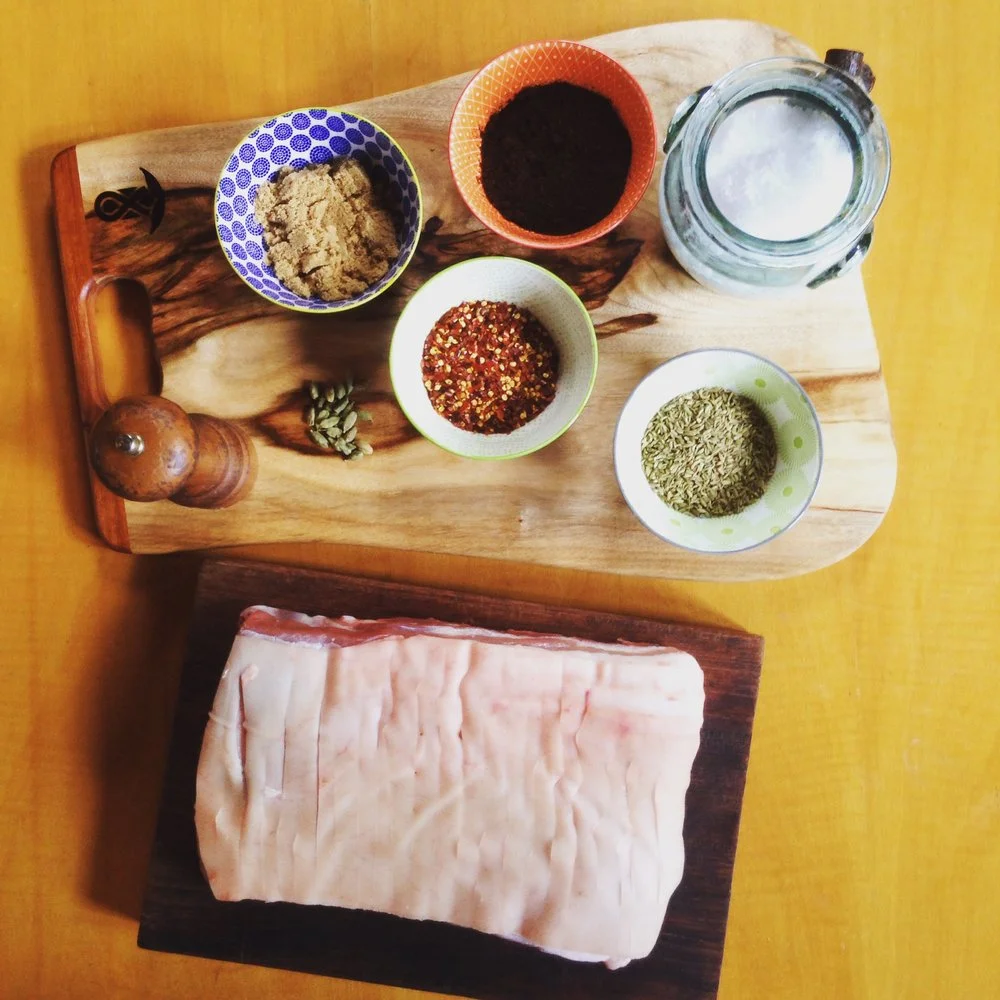If you have been despairing about Life on Earth, the state of humanity, a future for your children, then check out “Drawdown – The most comprehensive plan ever proposed to reverse global warming”. It will help to reestablish your faith in our capacity and potential to jump up a rung or two on the evolutionary ladder. By this I mean create a world in which the vast majority of humans and our planetary kin can live in dignity, respect and a state of wellbeing, ironically through the process of reversing global warming.
Starting in 2013 Paul Hawken brought together a coalition of 70 (by the time the book was published) researchers and scientists from 22 countries to reap the collective wisdom of humanity in regard to reversing global warming. As Hawken writes, “Engaged citizens the world over are doing something extraordinary”.
"Drawdown” is a kind of map or plan with over 100 solutions for carbon sequestration under the broader headings of Energy, Food, Women and Girls, Buildings and Cities, Land Use, Transport, Materials and Coming Attractions.
They are solutions already in use on a small or large scale somewhere in the world or in a research and development phase. Some of the solutions require us to implement specific technologies but much of it asks us to look at and reinvent our habits and lifestyles. As Tom Seyer, founder and president of Next Gen Climate writes in the forward, “Now we must organize our coalition and govern our most selfish instincts.”
It wouldn’t be possible to touch on all the solutions in a short blog but what stands out to me is how often the changes required are transformative at personal, local and global levels and also move us towards a more equitable and compassionate world.
Food plays an important part of these solutions by being the sector that will contribute the most in the reduction of greenhouse gas emissions if these are implemented. For example,
“In 2015, an estimated 38% of food waste was composted in the United Sates; 57% was composted in the European Union. If all lower-income countries reached the U.S. rate and all higher-income countries achieved the E.U. rate, composting could avoid methane emissions from landfills equivalent to 2.3 gigatons of carbon dioxide by 2050. ”
And that is excluding all additional gains from applying compost to the soil!!
“If you add to livestock all other food-related emissions – from farming to deforestation to food waste – what we eat turns out to be the number one cause of global warming.”
In the excerpt of his article “Why Bother?”, Michael Pollan with great insight describes how powerful an act, growing at least some of your own food, with your own compost, made from your own food waste, is. It not only reduces your carbon footprint but it changes your relationship to our food cycle in many ways. We begin to change our “cheap energy mind”. That is the mind totally hooked into the infrastructure where “the typical calorie of food energy in your diet now requires about 10 calories of fossil fuel energy to produce”. The more we take responsibility for where our food comes from and where its waste goes the more connected, empowered and satisfied we feel.
“The single greatest lesson the garden teaches is that our relationship to the planet need not be zero-sum, and that as long as the sun still shines and people still can plan and plant, think and do, we can, if we bother to try, find ways to provide for ourselves without diminishing the world.”
At ZEA helping to encourage a greater understanding of our food cycle and its impacts is our particular passion. By funding composting systems to schools and communities we work to transform food waste into soil but also hope to support the educative process that will make a healthy food cycle a standard way of life.













